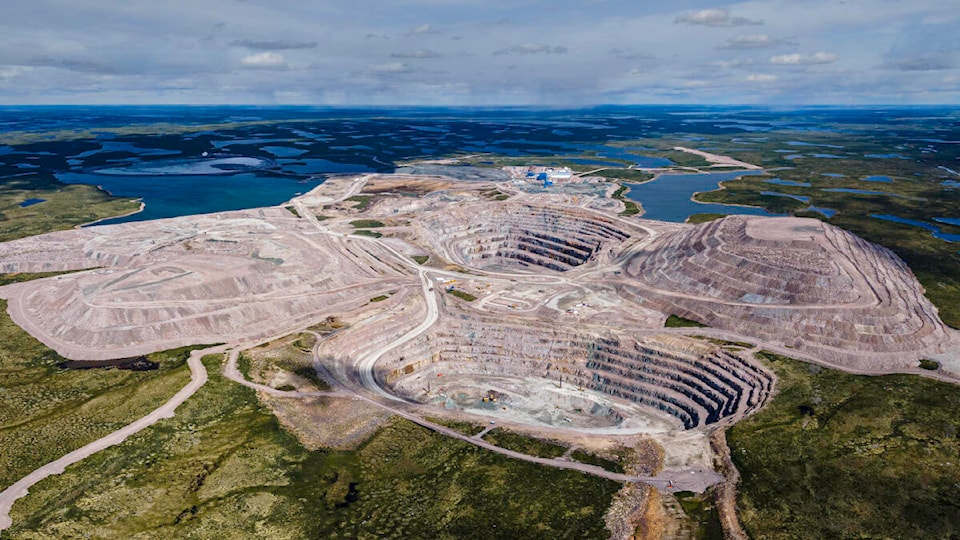Overall capital expenditures for the NWT are expected to decrease by 11.2 per cent in 2024, according to Statistics Canada.
Broken down, private investment is forecast to be down as much as 24.5 per cent from 2023 to around $228.8 million, while public spending is projected to be reduced by 5.4 per cent at $669.8 million.
For the NWT Chamber of Commerce’s president, Newton Grey, he said he was surprised to hear about the news.
“It’s one thing to say we’re going to reduce investment in some things, so that we can invest in something else, as opposed to saying we are just reducing investment period,” he said.
Private investment started declining in the NWT in 2015, but has since remained stable for the past four years, according to Statistics Canada in their latest release of private and public capital investments.
Public investment has been on the rise since 2020 in contrast. In 2023, it was more than $700 million.
Statistics Canada also mentioned the construction of the Gahcho Kué diamond mine was when private investment peaked.
Grey said he understands that the mining sector might not be producing the amount they used to in taxes. He added he is all for a fiscally responsible government, but not one that never pays.
“Being fiscally responsible doesn’t always mean cutting. It means spending smartly on the things that we need to spend right,” said Grey.
Grey stressed that housing and childcare are two main concerns in the NWT that could use some investing.
“I’ve spoken with people who are in the childcare business and they’re telling me that it’s no longer a profitable business based on what the requirements are and what and the caps they have to work with. So people are getting out of the business,” he said.
As for housing, he also said that, if there are no major investments, then the NWT’s housing stock will continue to diminish.
“The vacancies that we have, that we cannot attract, or cannot find people who already are in the north to do will continue to get more and more,” said Grey.
Statistics Canada notes a major reason for the decline in capital expenditures is a 42 per cent fall in machinery and equipment. They trace this collapse back to decreased spending at the diamond mines.
For 2024, construction is also expected to decline by 3.5 per cent to $780 million.
As for Grey, the lack of investing is a reality the NWT needs to wake up to.
“I would say to the government, go back to the doors,” he said. “When you knocked on the doors during the (election) campaign, what are the things that the people told you? What are the problems the people were having? In this drastic cut, will you be able to address those things? And if you can’t, are you serving the people who voted for you?”
Across the country, capital expenditures are expected to increase by around 4.5 per cent. Nova Scotia is projected to see the highest spike at around 15.5 per cent, the highest of any province or territory. On the other side of that, Yukon is forecast to see a drop of around 16.7 per cent from one year ago.
NNSL Media asked the Department of Industry, Tourism and Investment (ITI) for comment on this story, but no one from ITI responded as of press time.
—By Devon Tredinnick
